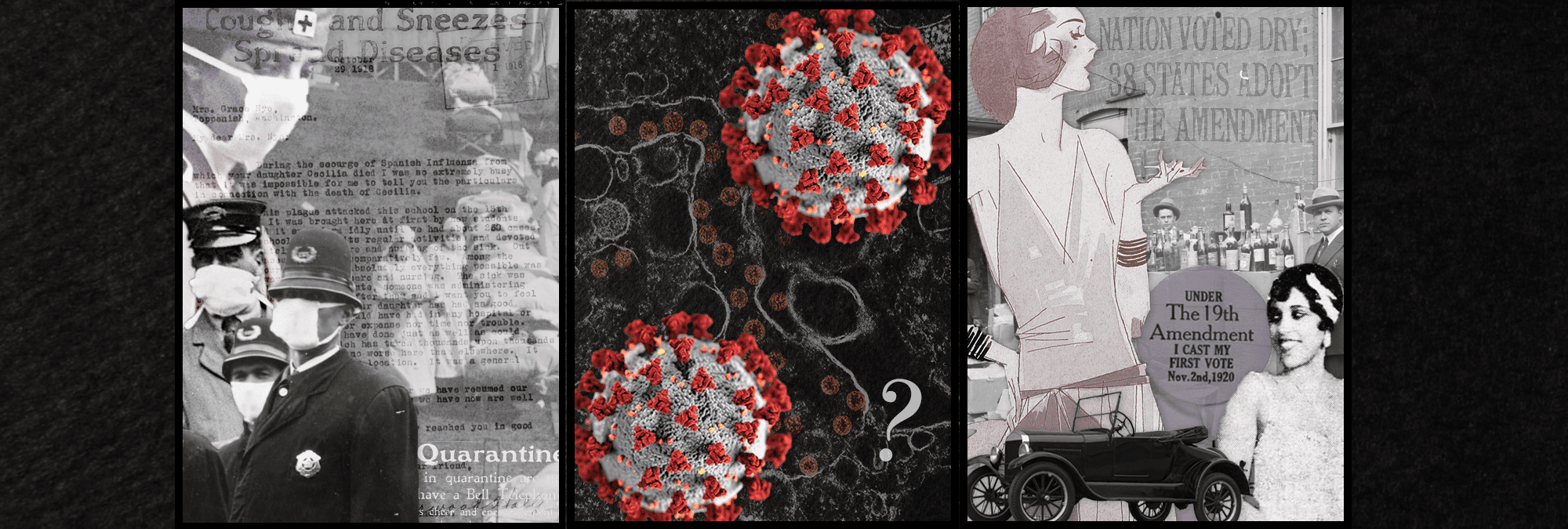The Victorian Era and The Roaring Twenties were significant periods in history with significant cultural changes. Victorian Era’s strict moral codes were marked by decorum, chivalry, and modesty, while The Roaring Twenties saw a liberal shift towards individualism, materialism, and personal freedom. The Victorian Era’s fashion was characterized by modesty, conservatism, and formality, while The Roaring Twenties saw the emergence of flappers’ style, shorter and less conservative dresses, and more casual attire. During the Victorian Era, entertainment primarily revolved around literature, art, and music that upheld moral standards, while The Roaring Twenties saw the emergence of jazz clubs, speakeasies, and dance halls. Both eras continue to influence modern-day lifestyles.
Introduction
The Victorian Era, spanning from 1837 to 1901, and The Roaring Twenties, lasting from 1920 to 1929, are two iconic periods in history. Both eras brought about significant changes in culture, lifestyles, fashion, and other aspects that shaped the society of their respective times. This article aims to compare and contrast the Victorian Era with The Roaring Twenties, highlighting their similarities and differences in terms of their societal values, fashion, entertainment, and other important cultural aspects.
Societal Values
During the Victorian Era, societal values were characterized by strict moral codes, emphasizing decorum, chivalry, and modesty. Women were expected to adhere to stringent societal regulations that prohibited them from expressing themselves and seeking educational opportunities. Men, on the other hand, were expected to uphold noble virtues and be providers for their families.
The Roaring Twenties, on the other hand, rejected the Victorian Era’s strict moral codes, leading to a period of liberal values and self-expression. The focus shifted from rigid societal norms to individualism, materialism, and personal freedom. This period saw a rise in women’s liberation movements, which eventually led to women gaining access to education and the workforce.
Fashion
The fashion trends of the Victorian Era were characterized by modesty, conservatism, and formality. Women’s attire was characterized by long, flowing dresses that covered their entire bodies, often with high necklines and long sleeves, and complemented by hats and gloves. Men’s clothing, on the other hand, was largely conservative, with suits, waistcoats, and top hats being popular.
Contrastingly, the Roaring Twenties saw a significant change in fashion, marked by the emergence of the flappers’ style. Women’s dresses became shorter, sleeveless, and less conservative, allowing them to express their freedom and individuality through their apparel. The rise of jazz music and dance culture also contributed to the emergence of new fashion trends, such as the Charleston dress, and more casual attire for both men and women.
Entertainment
During the Victorian Era, entertainment primarily centered around literature, art, and music that upheld moral standards. The era saw the rise of the Gothic literature genre, characterized by horror and romantic elements. Musical performances consisted of classical compositions, opera, and choir performances, and the visual arts revolved around realism and neoclassicism.
The Roaring Twenties saw the emergence of new forms of entertainment, including jazz clubs, speakeasies, and dance halls. Jazz music gained popularity and was seen as a symbol of the young and rebellious generation’s vitality. The cinema also emerged as a popular form of entertainment, and the silent film era gave way to the “talkies” towards the end of the decade.
Conclusion
Overall, the Victorian Era and The Roaring Twenties represent significant periods in history. Both eras brought about drastic changes in society and culture, with the former characterized by strict moral codes and formalities and the latter marked by liberalism and a culture of liberation. Fashion, entertainment, and societal values all saw significant changes during these transformative periods, and both continue to inspire and influence modern-day lifestyles.
